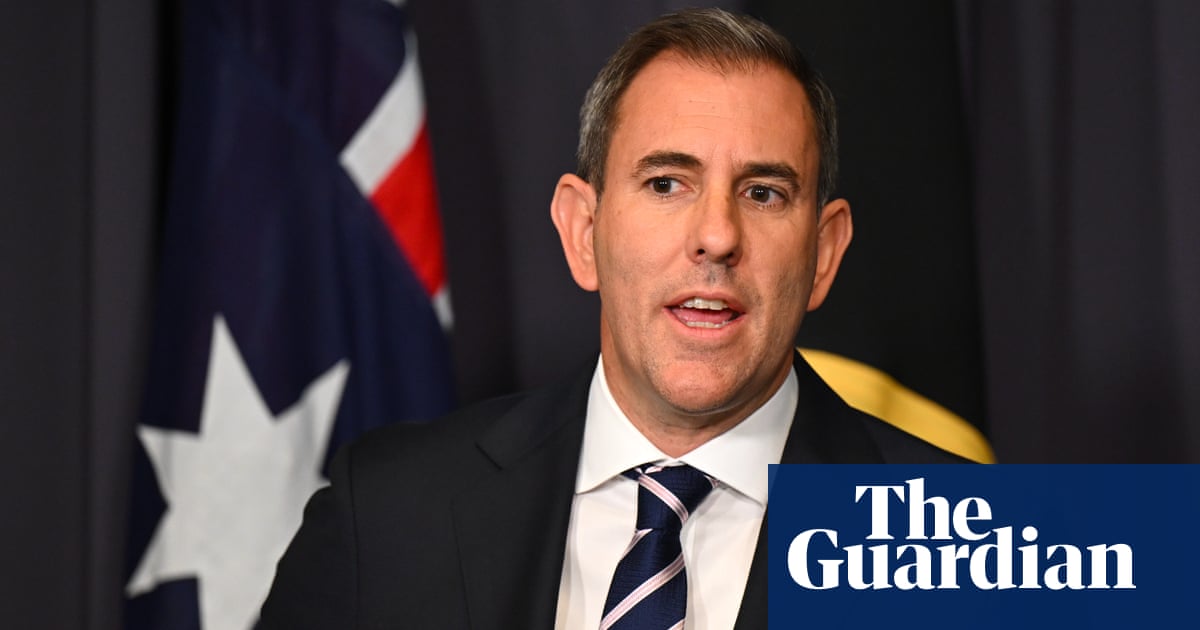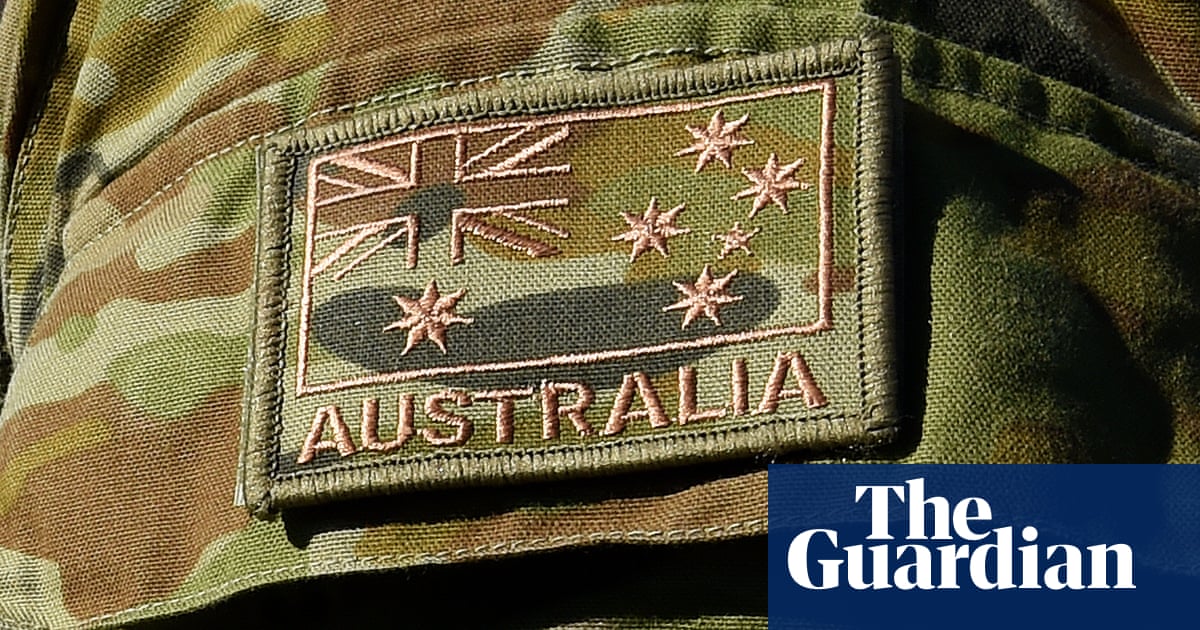Jim Chalmers tried to say he wasn’t taking credit for the big banks dropping their interest rates, but the sense of satisfaction – or perhaps relief – among other Labor MPs was palpable in the moments after the Reserve Bank of Australia announced its cut of 25 basis points.
Labor MPs Justine Elliot and Kristy McBain, both under pressure in tough races, tweeted “breaking” updates within two minutes of the announcement. Within a few more minutes, the likes of Jerome Laxale, Josh Wilson, Pat Conroy, Shayne Neumann, Mark Butler, Helen Polley, Tony Sheldon and the retiring Graham Perrett had also taken to their social media accounts to broadcast the news.
It was the news Labor wanted. Chalmers claimed it as an endorsement of the government’s work in battling inflation – but even as he noted there was more work to do, and that families were still hurting, other Labor figures were happy to offer more effusive analysis of the RBA’s 0.25% cut.
“Our economic plan is working,” Polley tweeted.
Chalmers’ response to the long-awaited rate cut dropped into our inboxes barely five minutes after the decision. The government had been sweating on an interest rate cut to boost its election chances, with the way now clearer for an announcement of a poll date potentially as soon as early April. Among the prevailing logic was that if Tuesday brought a rate cut, the election trigger would be pulled for April – but if rates stayed on hold, we’d hit the polls in May.
“This will have no impact on the timing of the election,” Anthony Albanese said on ABC Radio in Brisbane on Tuesday afternoon, suggesting more strongly than before that the government would indeed hold its scheduled budget on 25 March.
The Guardian Essential poll on Tuesday found less than half of Australians could remember the government’s most proudly touted economic achievement, back-to-back budget surpluses. But a long-awaited rates cut on the eve of an election announcement may be a different story.
There is also the potential of another rate cut at the RBA’s next board meeting on 1 April, which would be either just before an early April poll date or in the thick of one held in May – although the governor, Michele Bullock, cautioned Tuesday’s decision “does not imply” further rate cuts coming.
The truth is, Peter Dutton and the Coalition still have no substantial cost-of-living policy or plans to speak of (beyond the vague-to-the-point-of-meaninglessness pledge of a “back to basics” approach, which apparently means shaving off a handful of DEI staff in the public service and saving a pittance on welcome to country ceremonies).
Conversely, the government can tout its $300 rebates on power bills, its rejigging of the stage-three tax cuts to give relief to millions more middle-income earners, extension of free childcare, slashing of Hecs and Tafe bills, and now the proof in the RBA pudding, that its moves on inflation are bringing down price pressures.
Indeed, Albanese pointed to several of these measures in an afternoon radio blitz across the country – Brisbane, Perth and Sydney – painting his decision to remix the tax cuts as “courageous”.
We still await more details of Albanese’s much-discussed “forward offer” of Labor’s plan for its next three years if re-elected; just as we live in anticipation as to whether Dutton will unveil his own or simply seek to coast into The Lodge on vibe alone. But at this stage, the government does have a more compelling story about its economic plan.
The opposition’s response to the RBA decision took a bit longer than Labor’s instant excitement (threading the needle of backing a rate cut for homeowners and families while still criticising the government under whose watch the cut came takes some time) – but it was not glowing.
“Too little, too late,” tut-tutted the shadow treasurer, Angus Taylor.
“Australians have had to squeeze their budgets, because Labor can’t control its budget.”
The Coalition’s position, of course, was that while Labor oversaw one rate cut, it had followed 12 rate hikes in a row under Albanese; that while inflation may be coming under control, long periods of rising prices were now baked in; and that a slight rate cut today does not make up for how far backwards people have gone.
after newsletter promotion
It’s a fair point in a cost-of-living crisis, and one the government still does not have a decent answer for.
While it’s unclear if it’ll be this weekend or next that Albanese gets into what he calls “the white car with the little flags on the bonnet” for the ride to Government House, the broad contours of a Labor plan urging voters to “stay the course” were evident in Chalmers’ press conference.
“When we came to office, inflation and interest rates were rising, now both are falling. Other countries have had to pay for that kind of progress on inflation with much higher unemployment, negative quarters of growth or even recessions,” the treasurer said.
Translated: look what we’ve done for you. It could have been much worse, if not for Labor.
“We can’t be complacent about the months and years ahead. We know that there is more work to do,” Chalmers continued.
Translated: don’t risk switching horses mid-race. Don’t risk Dutton.
“I spoke to the CEOs of all four major banks. Each of them has made an announcement that each of the major banks will be passing on, in full, the benefits of the decision taken by the independent Reserve Bank today. I don’t take credit for those decisions that they have made and announced already,” Chalmers went on.
Translated: don’t forget, it was under Labor that your rates started going down.
As we reach election fever pitch, the key question will be whether Australians remember Labor for delivering one rate cut on the threshold of the poll, or overseeing the 12 rate hikes before that.










